The dictionary defines discipline in several ways. I favor the following: "Discipline is a branch of knowledge or of teaching." I interpret this to mean that when an individual is motivated, he becomes self-disciplined by virtue of what he learns. It is an internal phenomenon. A musician isn't controlled by the conductor; his passion for music is channeled and orchestrated. The musician controls himself, as does an artist or a football player or anyone dedicated to his field.
In martial arts training, if the student doesn't display the correct attitude in his training the sensei ignores him. When the student shows spirit and dedication the sensei will seek to shape him in the discipline of the art. Whatever the art form, discipline is more the responsibility of the teacher to know his subject, and to be able to teach, than it is something to be imposed on the student.
This subtle aspect of discipline is even truer in dog training because, unlike with a human student, the motivation behind the dog's desire to learn is wholly dependent on the trainer.
To motivate a dog, we need to know how he perceives, how he feels, and how he learns; it is the dog owner who requires discipline so as to inhibit the impulse to lash out in anger or to be discouraged by failure or immobilized by guilt. A problem must always be approached from the dog's point of view. When we ask, "How much discipline does my dog or puppy need?" remember that the question is moot. Discipline isn't like a vitamin that needs to be dosed out periodically.
Dogs are disciplined by their instincts and they don't need more. There is, however, a lesser definition of discipline that has some value in dog training. To quote the dictionary, "Discipline is a systematic method to obtain obedience. A state of order based upon submission to rules and authority. Punishment intended to correct or train." While we are about to explain that there are times where this more limited view is necessary, we wish to reaffirm that the higher definition should be foremost in our minds and at the foundation of your training program.
Being an avid dog owner and trainer, there are those times when I will correct an extremely nervous dog - ideally with the lead and collar and in a training context - in such a way that he associates the correction with me. By acting confrontational, I can calm such a dog. My specific purpose is to have the dog attribute the shock to me so that his nervous system is dampened. It is quite analogous to grasping a tuning fork to quell its vibrations. Once dampened, and depending on the dog's temperament, I will immediately try to put the dog back on the path of pure drive and happy motivation.
But what must be reemphasized is that most dogs considered hyper are only that way because they have been trained through confrontation and denial. Or their prey instinct has been allowed to find gratification at its own level, away from the owner. Whenever domination is required, we should immediately redirect the dog into a positive, instinctive pathway for success.

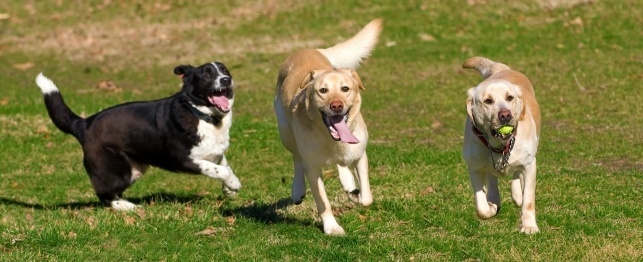 Tips for Keeping Your Dog Safe at the Dog Park
Tips for Keeping Your Dog Safe at the Dog Par
Tips for Keeping Your Dog Safe at the Dog Park
Tips for Keeping Your Dog Safe at the Dog Par
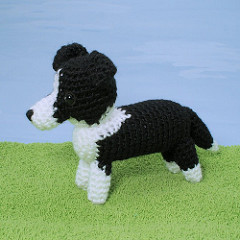 Train Your Border Collie Dog With These Helpful Hints
The day your new puppy comes home with you will be filled
Train Your Border Collie Dog With These Helpful Hints
The day your new puppy comes home with you will be filled
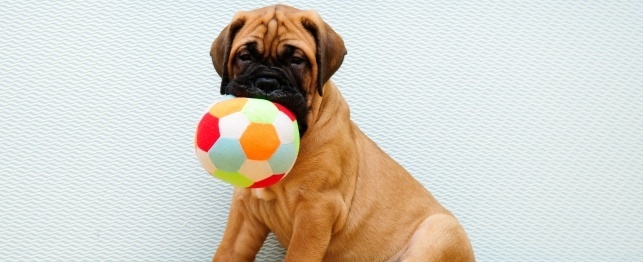 Doggie Day Care
Doggie Day Care
Doggie Day Care
Doggie Day Care
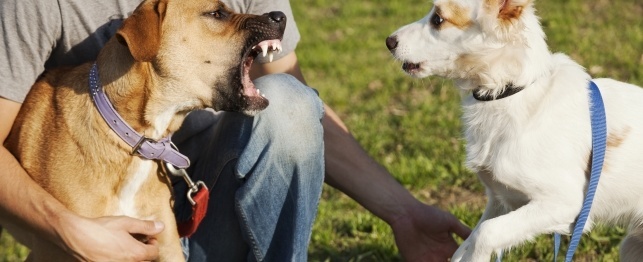 Dog Parks and Bites: What You Need to Know
Dog Parks and Bites: What You Need to Know
Dog Parks and Bites: What You Need to Know
Dog Parks and Bites: What You Need to Know
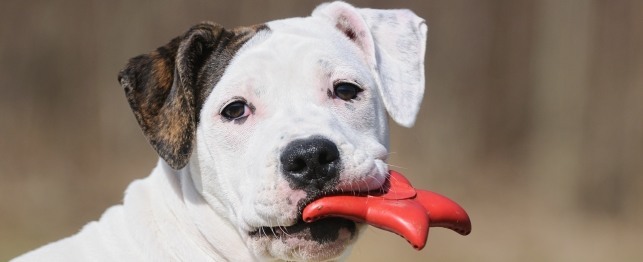 Safe Chew Toys for Your Dog
Safe Chew Toys for Your Dog
Safe Chew Toys for Your Dog
Safe Chew Toys for Your Dog